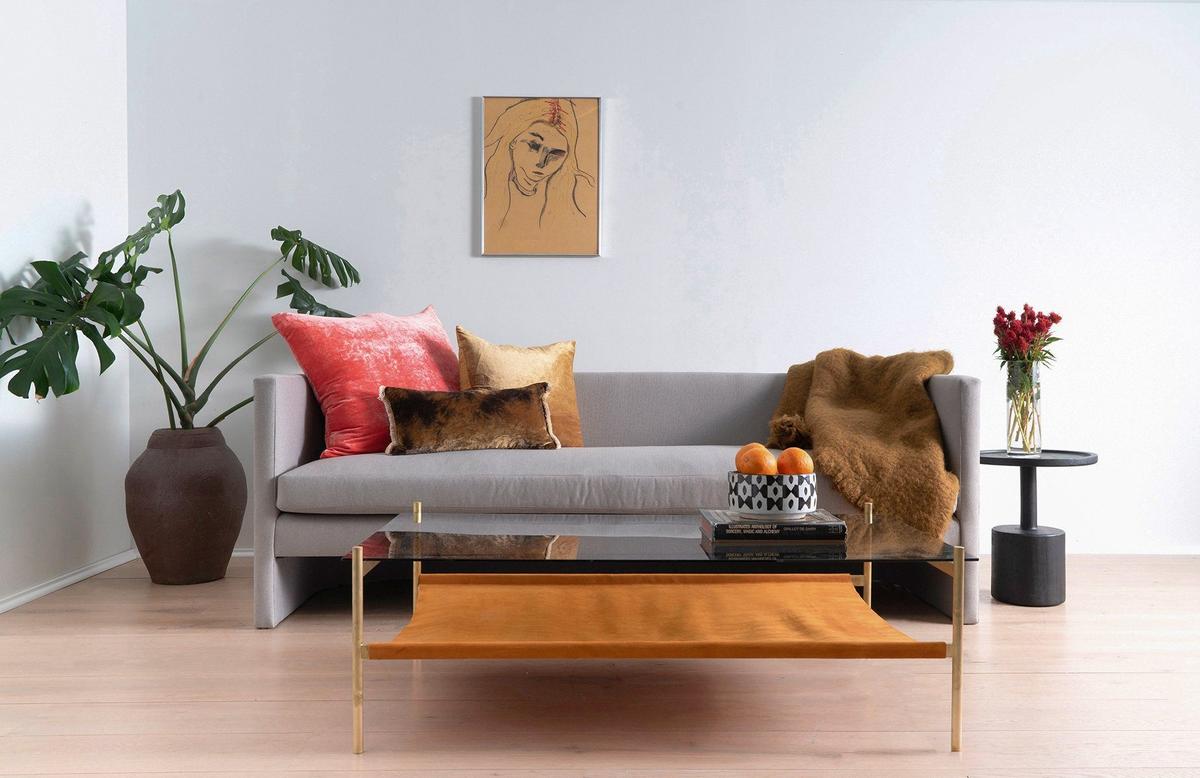A disappointing truth: Sustainability doesn’t mean anything. That’s not, of course, to say that the idea of sustainability isn’t important—simply that the word itself has no standard definition. Nor does the Federal Trade Commission have an exacting set of rules about what a company must do in order to market its product as "sustainable." That fact has become painfully obvious in recent years as marketers, hip to the fact that modern consumers want products to have an environmental component, have started tossing in the word sustainable alongside other nebulous adjectives like curated or bespoke.

There’s a good and a bad side to the ubiquity of sustainable as a marketing term. The downside is that companies who are serious about their product’s environmental impact are lumped in with those using the concept cynically. The upside is that as the term has been devalued, it has pushed brands to pursue more concrete green initiatives. In five years, every brand may be “sustainable,” and that will no longer be enough to stand out in the marketplace. In its place will come concepts with a clearer set of parameters: zero waste, for example, or net-zero emissions. Or—and this is among the most difficult environmental feats to pull off—a circularity component.
Circularity is a simple concept. It means that a product is created with its own end-of-life taken into account. In a circular economy, once the user is finished with the product, it goes back into the supply chain instead of the landfill. The motto of the circularity movement, in a nutshell: Waste not, want not.
Though technically any nonconsumable product can be deemed “circular,” circularity has a particular resonance in the world of home. That’s partially because there’s so much waste to account for. In 1960, Americans sent 2 million tons of furniture to the landfill. Now, thanks to the abundance of fast, flat-pack furniture, we throw away 12 million tons of furniture each year, an increase that far outpaces the country’s population growth.
The home is also a ripe target for circularity because home furnishings are generally not technologically complex. It’s difficult for laptop manufacturers to figure out a way to repurpose chips that are obsolete almost as soon as they hit the market, but chairs don’t suffer from incompatibility issues. No one threw away a sofa because they didn’t have the right USB cable for it anymore.
However, circularity in the home market is extremely difficult to achieve. There’s the technical challenge of designing products that can be used for years, then repurposed. Then there’s the logistical hurdle—just as hard—of figuring out how to get the used product back into your production cycle. Finally, there’s the cultural angle: How to convince a population so accustomed to throwing away home goods that they need to start returning them?

Because of the considerable challenges of attaining circularity in the home world, it’s relatively rare. There are essentially three types of companies dabbling in it now: mega-corporations that can afford expensive pilot programs around circularity (Ikea, which has pledged to go fully circular by 2030, is the most prominent); experimenters (Coyuchi’s circular blanket comes to mind); and those whose core business model involves a circularity component (furniture subscription companies are a great, fast-growing example of this).
Last week, during Circular City Week, a festival devoted to circularity, a number of experts from the home world weighed in on the state of play. Interior designer and longtime sustainability advocate Laurence Carr hosted a panel highlighting various industry efforts. On it, Walter Bridgham, the senior business development manager at Lenzing Fibers, shared the story behind his company’s wood-based fabrics (Tencel is the most well-known), which can be composted at the end of their use; Mark and Jason Phillips of the furniture brand Phillips Collection detailed their company’s quest to let no part of a felled tree go to waste; and Susan Inglis, director of the Sustainable Furnishings Council, outlined circularity efforts from her organization’s members, like D2C brand Sabai’s program to buy back its furniture from customers.
In a later conversation with Circular City director Tone Sondergaard, Carr touched on the differences between American and European approaches to circularity. “[There is] a knowledge gap between Europe and the U.S.,” she said. “American ideas about rental models for furniture and sharing on platforms are spearheading that movement, whereas the European focus is leading the way on materials, upcycling and craftsmanship.”
Speaking of, another panel on circularity in furniture went deep on the subscription model. Though rental furniture is often marketed as a convenience for restless young urbanites, the concept is rooted in circularity. Whitney Frances Falk, the founder of ZZ Driggs, a company that brings the subscription model to high-end furniture, outlined the potential of an economy in which all furniture is built to last—and to be shared. “I get so jazzed about the idea of collaborative consumption, because at its heart it’s such a beautiful business model, predicated on goods that last,” she said. “[The furniture makers on ZZ Driggs’ platform] have to affirm that their products will last for a minimum of 50 years. Many of them are guaranteed with lifetime warranties. Many will outlive us. That’s the beauty of furniture—that’s why antiques and vintage furniture exist.”

For now, circularity may seem like a fringe phenomenon, but it’s sure to become a bigger part of the industry in the years ahead, especially as younger consumers seek out a deeper level of engagement with the ethical impact of the products they buy.
For designers, the rise of circularity may evoke some anxiety—if everything is built to be returned, surely that will change the pricing structure for high-end furniture, and in turn affect the margins that designers are able to earn on product. However, a more circular future shouldn’t be a source of concern. After all, one of the core tenets of circularity—the importance of creating product that’s built to last for generations—is already a common refrain from designers looking to get their clients into the good stuff. And if subscription furniture becomes more common, yes, it may change the pricing structure for design services. But surely a client who changes sofas every six months will need more of a designer’s time, not less.
Environmental concerns are increasingly driving business decisions at brands of all sizes, and designers would be well advised to keep a close eye on circularity and the fast-moving world of sustainability at large. In the introduction to her panel, Carr pointed out that even corporate investments giants like BlackRock are talking sustainability and circularity these days—it’s no longer a question of if, but when: “[These environmental practices] have moved beyond something we should do on moral grounds. [Now] it’s something that nobody can ignore. It’s driving how investors value a business, it’s what consumers care about,” she said. “The train has already left the station.”
Homepage photo: ©AA+W/Adobe Stock





























